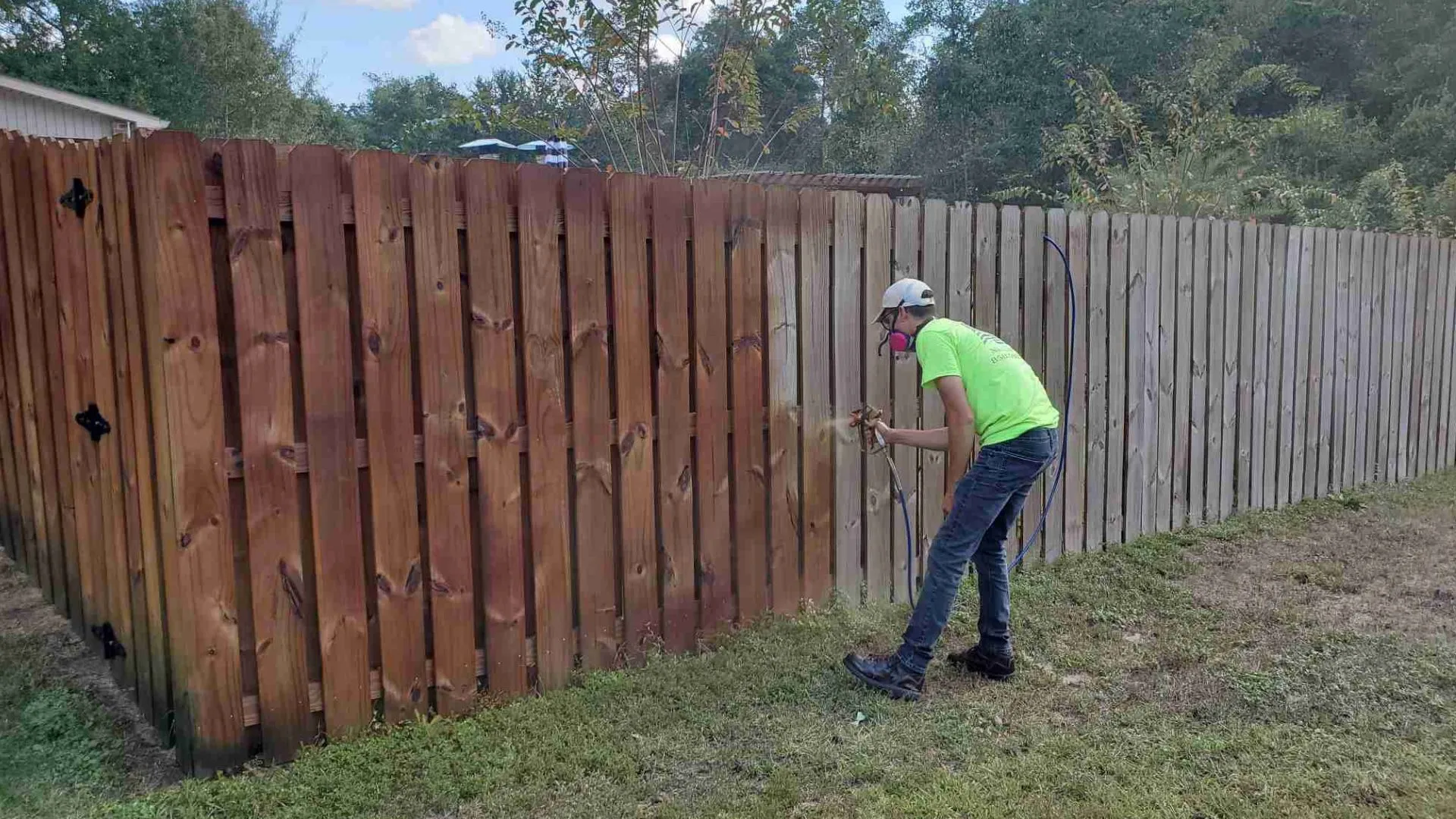
Fence Staining
Applying stain is an effective way to enhance the natural beauty of your wood while providing essential protection against harsh weather conditions. Unlike paint, which sits on top of the wood, stains penetrate deep into the grain.
812-3453-4344